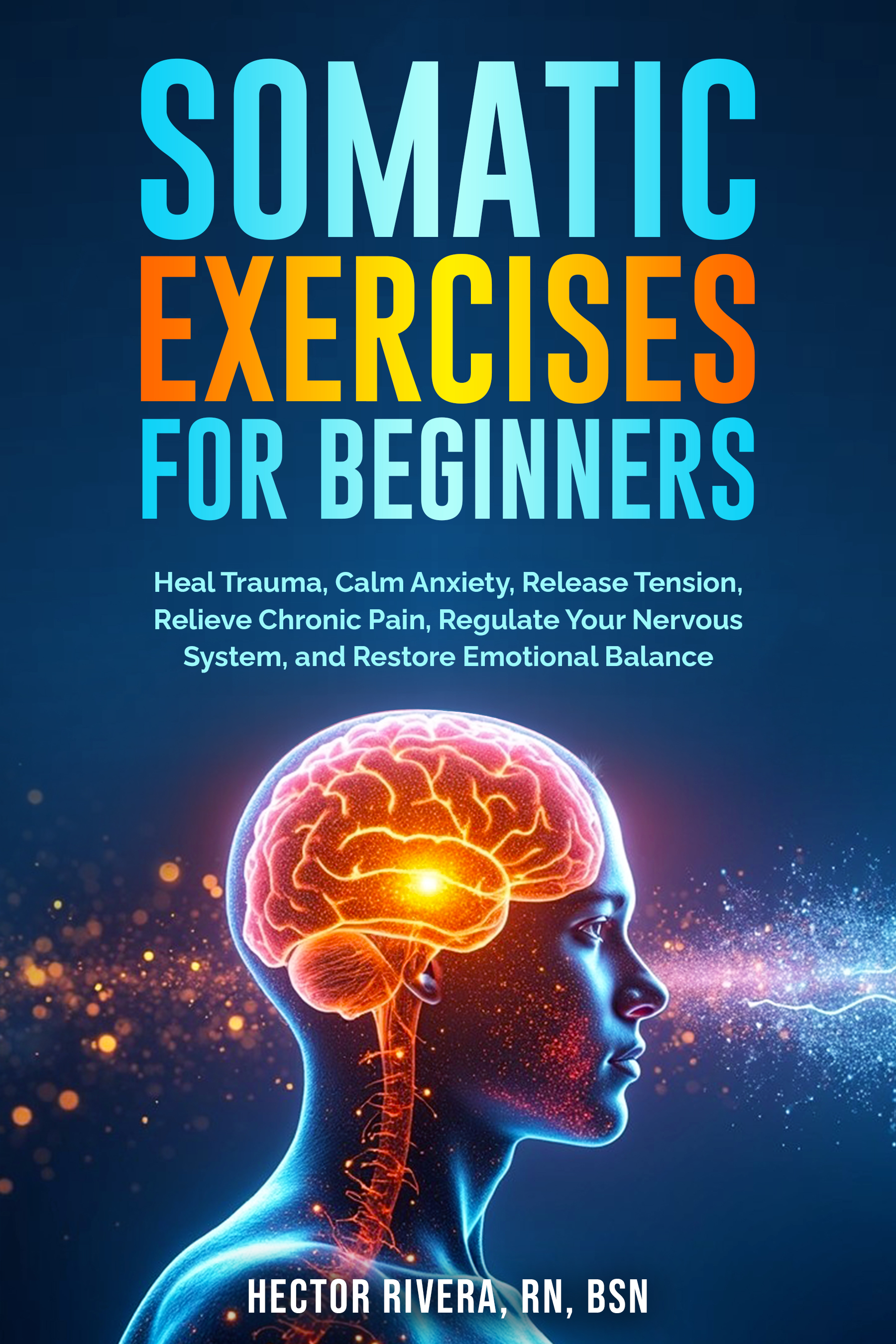Types of Somatic Exercises

Exploring the Different Types of Somatic Exercises for Healing and Daily Life
Somatic exercises offer a straightforward way to reconnect with your body through awareness and gentle movement. They aren’t about forcing or making you work hard—they’re about slowing down, paying attention, and finding more ease and balance as you move. Every practice offers something a little different, and there isn’t one path that fits everyone. As you explore the various types of somatic exercises, you’ll begin to notice which ones feel comfortable in your body and which ones flow naturally into your daily life.
Feldenkrais Method
The Feldenkrais Method uses gentle, mindful movements to build awareness and coordination. Rather than repeating exercises to get stronger or more flexible, it encourages you to explore small shifts that can change how your whole body moves. Many people notice that everyday things—like walking, bending, or reaching—start to feel lighter and more effortless.
Alexander Technique
The Alexander Technique focuses on releasing unnecessary tension and improving posture. By becoming aware of habits that interfere with ease—like stiffening your neck or tightening your shoulders—you learn to move with greater freedom. Many people use it to reduce strain at work, enhance performance in the arts, or feel more comfortable in their bodies.
Hanna Somatics
Hanna Somatics addresses patterns of muscle contraction that form in response to stress, trauma, or injury. Over time, tight muscle patterns can feel so normal that you stop noticing them, even though they restrict your movement and leave you uncomfortable. Hanna Somatics employs slow, mindful exercises to help unwind those patterns, allowing your body to reset and move with greater ease.
Somatic Yoga
Somatic yoga combines the structure of yoga with a slower, more mindful approach. Rather than pushing into poses or holding them with effort, this style emphasizes sensation and awareness. Each posture becomes an opportunity to notice how your body feels, making yoga accessible to people who may not feel comfortable in a traditional class setting.
Breath-Based Practices
Your breath happens on its own, but when you bring awareness to it, it becomes a tool for settling the body and steadying the nervous system. Breath-based somatic practices bring attention to your natural rhythms and encourage deeper, more relaxed patterns. Focusing on the breath in this way helps ease anxiety, reduce stress, and cultivate a steady sense of calm. Even a few minutes of intentional breathing can shift how you feel for the rest of the day.

Freeform Somatic Movement
The most healing movements often happen when you move without a script. Freeform somatic movement encourages you to follow your body’s impulses, whether that means swaying, stretching, rolling, or moving in ways that don’t have names. It’s an expressive, playful practice that supports creativity and emotional release as much as physical ease.
Dance and Expressive Movement
Many somatic practices use dance or expressive movement, but the focus isn’t on choreography. Instead, the emphasis is on expression and rhythm—moving in ways that feel natural to you. Practices like these help the body release tension, evoke a sense of joy, and strengthen the connection between movement and emotion. Ecstatic dance, authentic movement, and other freeform styles are part of this approach.
Body-Oriented Meditation
Meditation doesn’t always mean sitting still with your eyes closed. Body-oriented meditation brings attention to posture, breath, and physical sensations. By focusing on your body, you cultivate presence and calm in a grounded way. This form of meditation is especially supportive for people who struggle with purely mental techniques.
Somatic Experiencing
Developed as a trauma therapy, Somatic Experiencing uses awareness of bodily sensations to help release stored survival responses. Instead of retelling or revisiting traumatic memories, it works directly with the nervous system, guiding you toward safety and balance. Trained professionals often guide this work, but you can also explore some exercises in everyday life to support regulation.
Body Scan Practices
A body scan invites you to slowly bring your attention to different parts of your body, simply noticing what’s there without trying to fix or judge it. As you do, you may discover spots of tension you hadn’t seen before and give yourself the chance to let them go gently. Body scans are simple and accessible, and they’re often used in mindfulness-based programs to reduce stress and increase awareness.
Progressive Relaxation
In progressive relaxation, you slowly work through the body by tightening a muscle group for a moment and then releasing it, creating a clear contrast between the holding and releasing phases. This practice instructs your body how to release built-up tightness and notice the difference between holding on and feeling at ease. It’s a gentle way to settle after a long day and prepare yourself for restful sleep.
Somatic Stretching
Unlike traditional stretching, which emphasizes length or flexibility, somatic stretching focuses on sensation. The goal is not how far you can reach, but how fully you can feel the movement and release unnecessary effort. This mindful approach helps reduce strain and promotes long-term comfort.
Grounding Practices
Grounding techniques bring awareness to your connection with the environment—whether your feet are on the floor, your body is supported by a chair, or you are experiencing the sensation of touch. These practices anchor you in the present moment and calm the nervous system, making them especially useful during times of anxiety or overwhelm.
Somatic Journaling
Each of these practices has its own focus, but they all share a common thread: bringing attention back to the body. Healing doesn’t always come from doing more or pushing harder—it often comes from slowing down and listening to what your body needs. By exploring the many types of somatic exercises, you open the door to greater awareness, balance, and ease in daily life. The different types of somatic exercises also highlight that there’s no single formula for growth; each one offers its own way to release tension, build resilience, and reconnect with yourself, giving you the freedom to choose what feels most supportive.
Sources
- Feldenkrais Guild of North America – information on the Feldenkrais Method and its focus on movement awareness.
- Alexander Technique International – background on posture, movement habits, and awareness practices.
- Somatic Experiencing® Trauma Institute – details on trauma recovery through body-based awareness.
- Clinical Somatic Education (Hanna Somatics) – resources on releasing chronic muscle contractions through gentle exercises.
- Research on mindfulness and body scans (e.g., Jon Kabat-Zinn’s work in Mindfulness-Based Stress Reduction).
- Literature on progressive muscle relaxation (originating with Edmund Jacobson, widely cited in stress reduction practices).
- Studies on somatic yoga and breath-based practices in trauma recovery and stress regulation (e.g., NIH, PubMed).
Medical Disclaimer: The information on this website is for educational purposes only and is not a substitute for professional medical advice, diagnosis, or treatment. Always consult a qualified healthcare provider with any questions you may have about your health or a medical condition. Never ignore professional medical advice or delay seeking it because of something you have read here.

